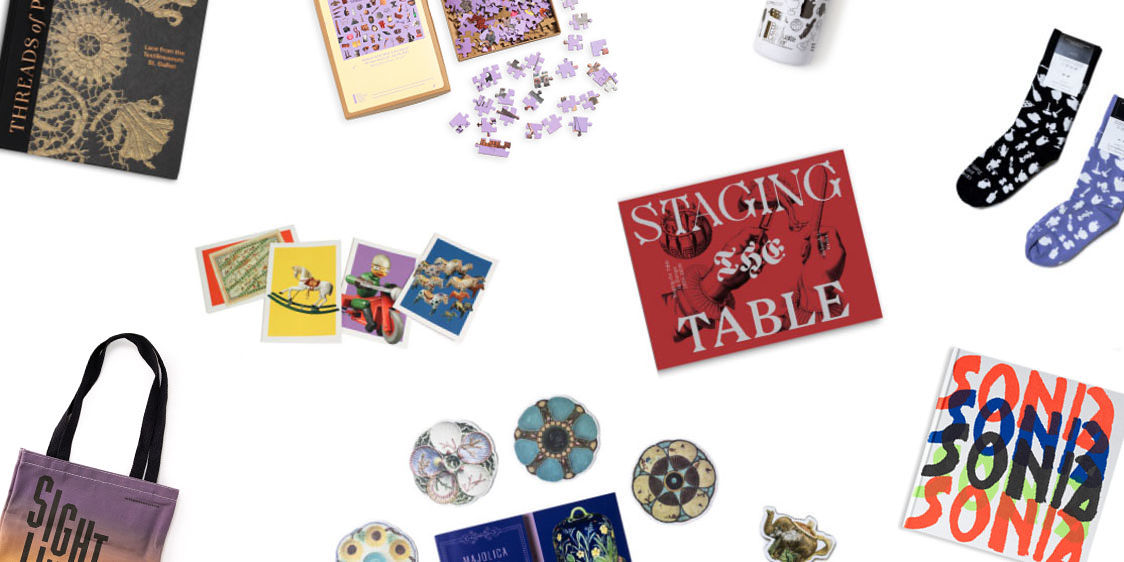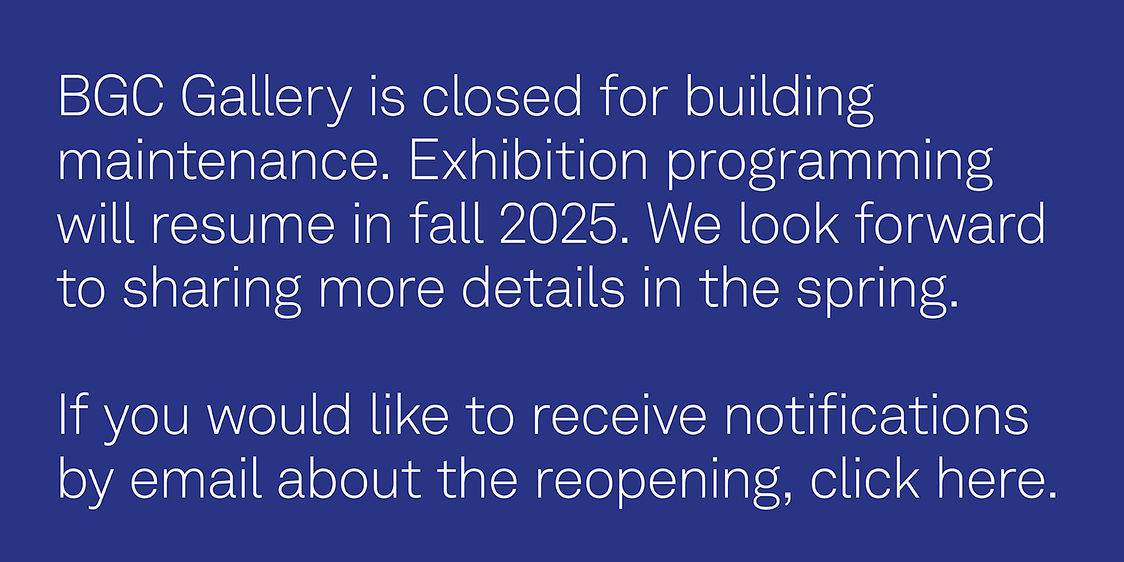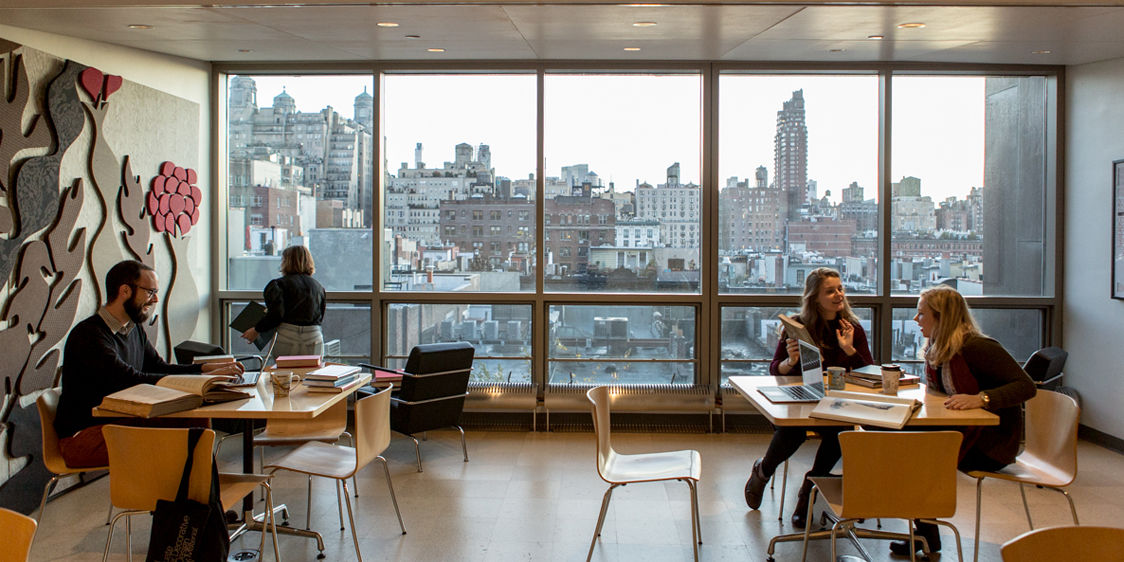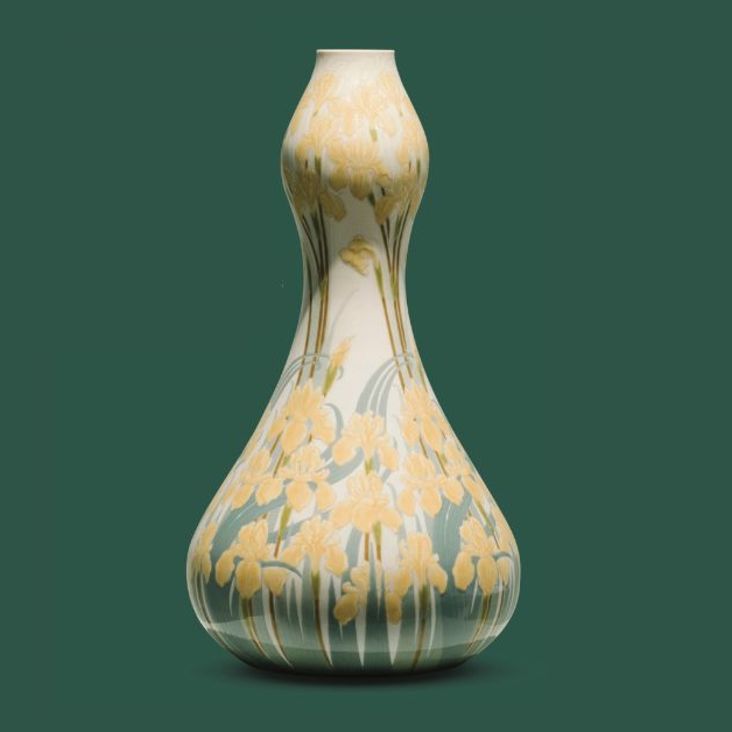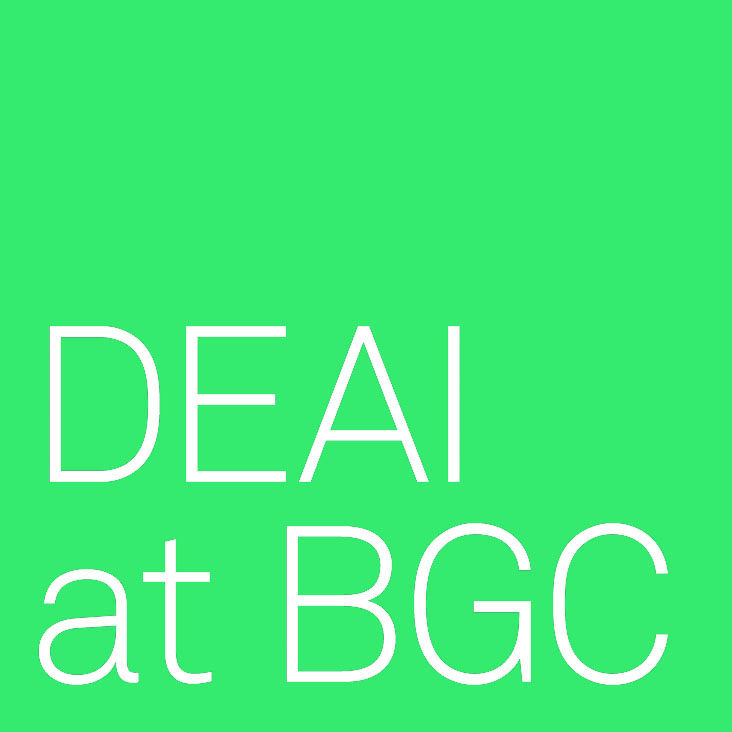Looking back now on an academic year that has almost run its course—amazing as this is to contemplate, I write this on the day that Qualifying Papers are due—one initiative emerges as most important, and in two parts. The main initiative has been rethinking the relationship between the exhibition-making, teaching, and research vocations of the institution. Arguably, this is a rethinking that has been ongoing since the BGC’s foundation. But in the last years, around our twenty-fifth birthday, the coming into focus of our identity as a researching institution has helped link together graduate training, seminars, symposia, digital work, and publications in a more productive way. All through this year we have been exploring with different constituencies the questions of what we can do with our exhibitions that is uniquely “ours,” and what thing that is missing in the wider exhibition-making world that we could help provide. As I look forward to wrapping up this series of exploratory conversations with a discussion with current students next week, I feel confident saying that not only have we learned something that we can put to work, but that these conversations have been, collaterally, successful experiences of community building at a time when we all really needed that.
All through 2018 and 2019 we were discussing, internally, BGC’s digital future. We were slowly figuring out ways in which to make the Digital Media Lab more central. Renaming its function in terms of Digital Humanities/Digital Exhibitions (DH/DX) was an early sign of where we were going. The pandemic pushed us further and faster towards realizing ambitious goals of online versions of in-gallery exhibitions and the creation of stand-alone digital exhibition content. This revived interest in an old pilot archiving program that took the working files and photos of past exhibitions and organized and digitized them for later use. BGC has, in fact, thanks to its 27 years of exhibitions, a collection of exhibitions. The archiving project would let us put all this past work to work in the future. The pandemic also made us realize that our study collection would play a bigger role in a world in which museums might be much more wary of lending—or simply too stretched to lend. And, finally, we were only able to move forward through the pandemic with our classes and research work, both institutional and individual, because of the library’s quick pivot to supporting digital resources. Putting all this together, we realized that to face the future, all these parts of our institutional life that worked with and on collections needed to be joined. And the common flag under which they flew was that of “research”—books, archives, digital files, and objects are BGC’s resources for doing research. The creation of a new Department of Research Collections, led by former director of the library, Heather Topcik, followed from this. Topcik has been an essential voice in many of our conversations about BGC’s digital future and its study collection, and she has been pushing us forward on an institutional archive for a long time. Her superlative direction of BGC’s library, long before the pandemic but especially in the last year, along with her forward-thinking vision for the institution’s long-term needs, ensure that we can roll out this new structure and orient the institution around its main activity with great confidence in her leadership.
We’re all excited about heading into a fully vaccinated world in the academic year to come. But, from my own vantage point, I’m even more excited that we’ve spent this past year—this difficult, strange year—doing the work that puts us in a position to do even better work at being ourselves in the fast oncoming future.

